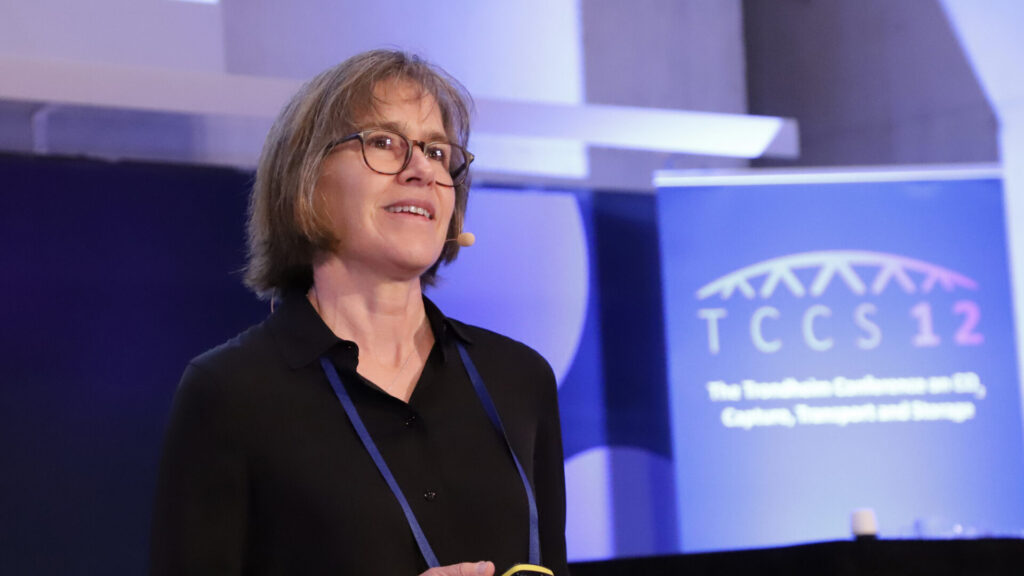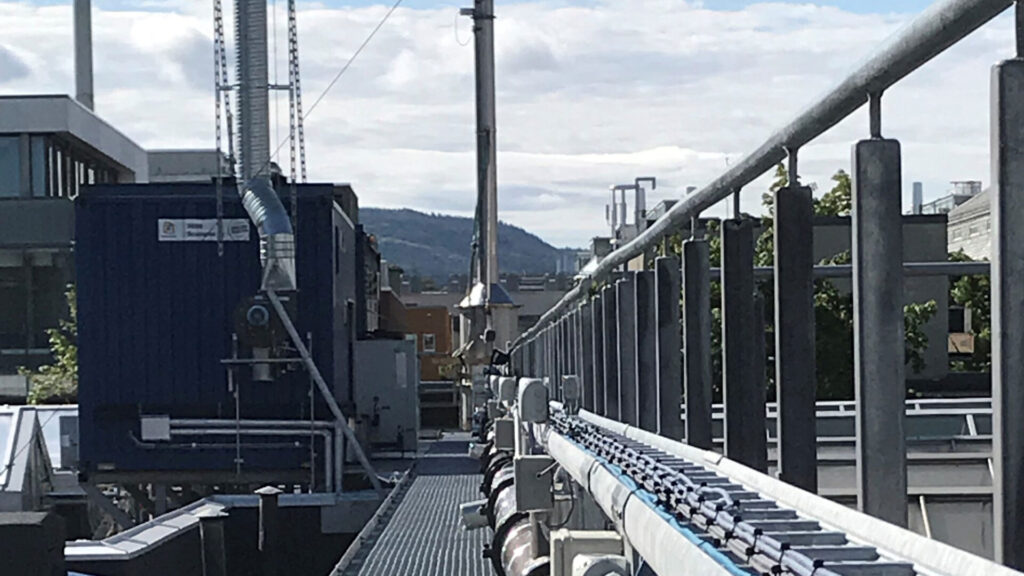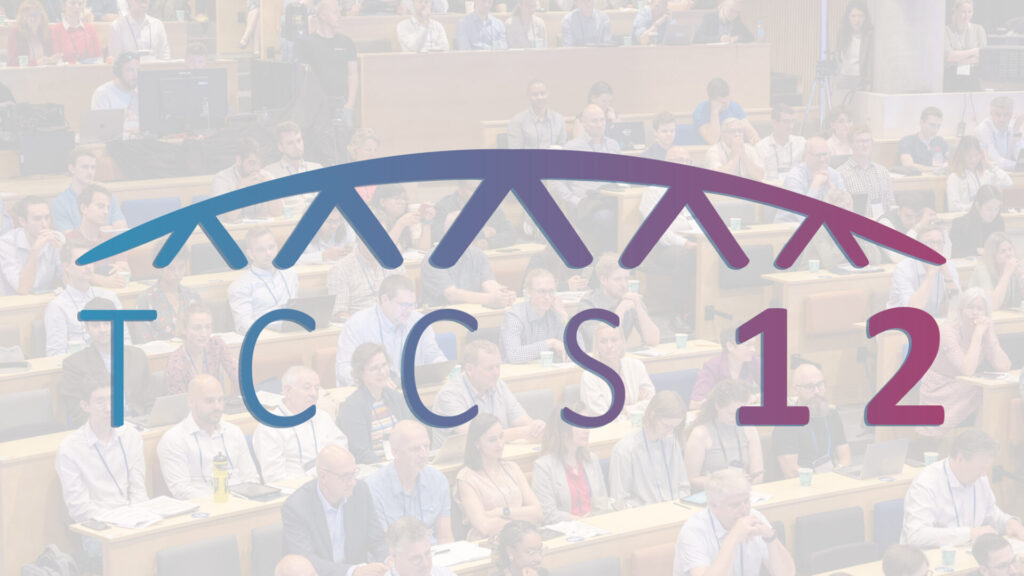The Impact of CCS Research on the Green Transition
2050 is now less than 27 years away – when the world has set a goal for becoming climate neutral. Capturing and storing gigatons of CO2 annually is a crucial part of achieving this goal – but to do that, we need more open innovation. We need to collaborate and share knowledge, even if we are competitors. We might have the money, but we do not have the time to fail.
Why experiments and modelling are necessary for the safe design and operation of CO₂ transport systems
CO₂ capture, transport and storage (CCS) systems are an important part of our toolbox for mitigating climate change. However, increased R&D efforts are needed to facilitate an efficient and safe scaling up of CCS to the level needed to mitigate climate change. In his keynote speech at TCCS-12, SINTEF Chief Scientist Svend Tollak Munkejord discussed why both experiments and models are a necessary part of this effort.
TCCS-12: A Record-Breaking CCS Conference
From 19-21 June, the global CCS community gathered in Trondheim for the twelfth Trondheim CCS conference (TCCS-12). This was a record-breaking conference for TCCS in many ways, with the largest number of participants attended, nationalities represented, and abstracts submitted. While the conference included topics from the entire CCS value chain, the main messages conveyed were the necessity of international collaboration, increased R&D activity, and strong government policies.



